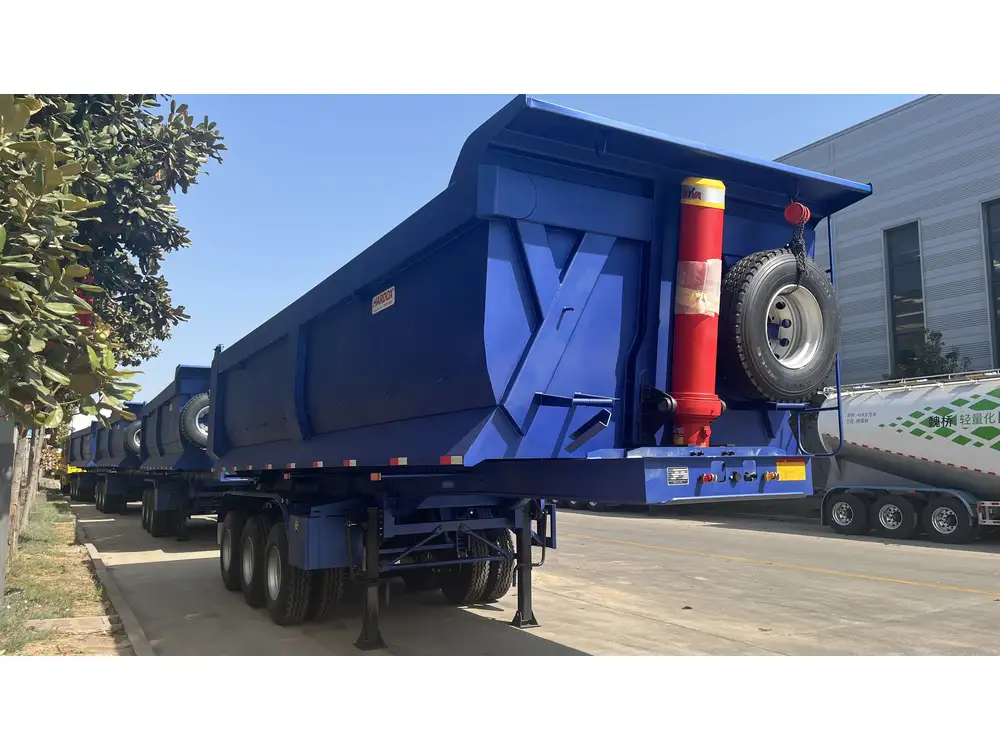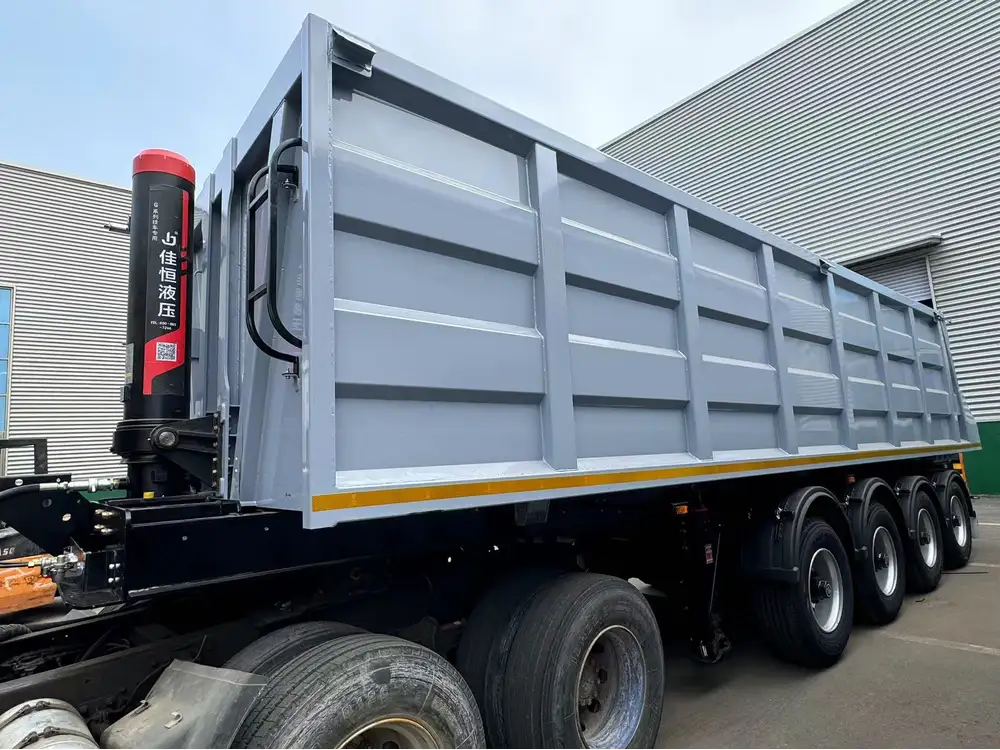When it comes to transporting vehicles, particularly smaller cars using larger truck trailers, a common question arises: Can a car fit in a tractor trailer container? This inquiry leads us to a myriad of considerations including dimensions, trailer types, weight distribution, and legal regulations. In this comprehensive exploration, we will dissect the various elements involved in fitting a car into a tractor trailer container, focusing on the practical aspects necessary for successful transportation.
Understanding Tractor Trailer Containers
Types of Tractor Trailers
Before delving into dimensions, it’s crucial to recognize the types of tractor trailers available for use in transporting vehicles:
- Flatbed Trailers: Open design, commonly used for large equipment or multiple vehicles.
- Enclosed Trailers: Protects vehicles from weather, theft, and road debris.
- Car Hauler Trailers: Specifically designed for transporting cars, featuring multiple tiers.
- Reefer Trailers: Temperature-controlled trailers primarily used for perishable goods, occasionally modified to carry temperature-sensitive vehicles.

Typical Dimensions of Tractor Trailers
The standard dimensions of tractor trailers play a vital role in determining whether a car can be correctly and safely transported. Below is a summary of common measurements:
| Trailer Type | Length | Width | Height |
|---|---|---|---|
| Flatbed Trailers | 48 to 53 feet | 8.5 feet | 4.5 feet |
| Enclosed Trailers | 20 to 53 feet | 7.5 to 8.5 feet | 8 to 13.5 feet |
| Car Hauler Trailers | 20 to 30 feet | 8.5 feet | 5 to 6 feet |
| Reefer Trailers | 48 to 53 feet | 8.5 feet | 13.6 to 14.5 feet |
Car Dimensions and Capacities
To effectively understand the relationship between a car and tractor trailer containers, knowing the standard dimensions of a typical car is essential:
- Average Length: 14 to 16 feet (4.3 to 4.9 meters)
- Average Width: 5.5 to 6.5 feet (1.7 to 2 meters)
- Average Height: 4.5 to 5 feet (1.4 to 1.5 meters)
Consideration should also be given to vehicle types. For instance:
- Compact Cars: These generally measure 13 to 15 feet in length and around 5.5 feet in width.
- Sedans: Standard sedans can reach up to 16 feet long with a width of approximately 6 feet.
- SUVs and Trucks: Dimensions can vary significantly, often exceeding 18 feet in length.
Can a Car Fit?
With these dimensions in mind, we can examine whether a typical car can indeed fit into a tractor trailer.
- Enclosed Trailers can usually accommodate vehicles up to approximately 16.5 feet in length, making them suitable for standard cars.
- Flatbed Trailers offer more flexibility where multiple smaller vehicles can be stacked side by side.
- Car Hauler Trailers are purpose-built for such tasks, often providing tiered platforms allowing the transport of up to 10 vehicles in a single trip.

Factors Influencing Vehicle Transport
Weight Distribution
The weight distribution of the vehicle plays a critical role in safe transport. Most tractor trailers can support a gross vehicle weight rating (GVWR) of around 80,000 pounds. Therefore, it is essential to factor in:
- Tare weight of the trailer.
- Payload capacity, which must not be exceeded to comply with DOT regulations.
Loading and Unloading Procedures
Proper techniques for loading and unloading vehicles are crucial. Failure to adhere to best practices can result in damage both to the vehicle and the trailer.
Best Practices Include:
- Use ramps designed for vehicle transport that can handle the weight without compromising stability.
- Ensure that the vehicle is positioned correctly on the trailer to maintain balance.
- Secure the vehicle using appropriate tie-downs to prevent movement during transport.

Legal Considerations
Transporting a vehicle across state or international lines involves navigating a series of legal guidelines. Key considerations include:
- DOT Regulations: Ensure compliance with state-specific department of transportation laws regarding vehicle transport.
- Weight Limits: Respect the maximum allowable weight on public highways.
- Insurance Requirements: Verify sufficient coverage for both the trailer and transported vehicles during transit.
- Permits: Acquire necessary permits if transporting oversized vehicles or if crossing into different jurisdictions.
Cost Considerations
While the size and fit of the car in the trailer are paramount, it’s also crucial to analyze the financial aspects of vehicle transport. Costs can vary based on:
| Cost Factor | Description |
|---|---|
| Type of Trailer | Specialized trailers may incur higher rentals. |
| Distance | Longer hauls result in increased transportation fees. |
| Fuel Prices | Fluctuating fuel costs directly impact overall transport costs. |
| Insurance | Extended coverage can increase overall expenditure. |
| Seasonality | Demand fluctuates based on seasonal trends affecting pricing. |
Conclusion
The mechanics of safely fitting and transporting a car in a tractor trailer container are multifaceted, centering on understanding dimensions, regulations, and best practices in logistics. In general, standard cars indeed fit within the confines of appropriate trailers designed for such tasks; however, various factors must be considered to ensure a seamless transport experience.
Understanding both the specifics of the types of trailers available and the particular dimensions of the car intended for transport is essential in ensuring a successful venture. From legal regulations to practical considerations of loading and unloading, anyone involved in transporting vehicles is encouraged to conduct comprehensive planning and preparation necessary to facilitate a smooth and safe operation.
By keeping the vehicle secure, adhering to legal guidelines, and factoring in all associated costs and logistics, companies and individuals alike can attain a higher level of efficiency and safety when transporting vehicles via tractor trailers.



